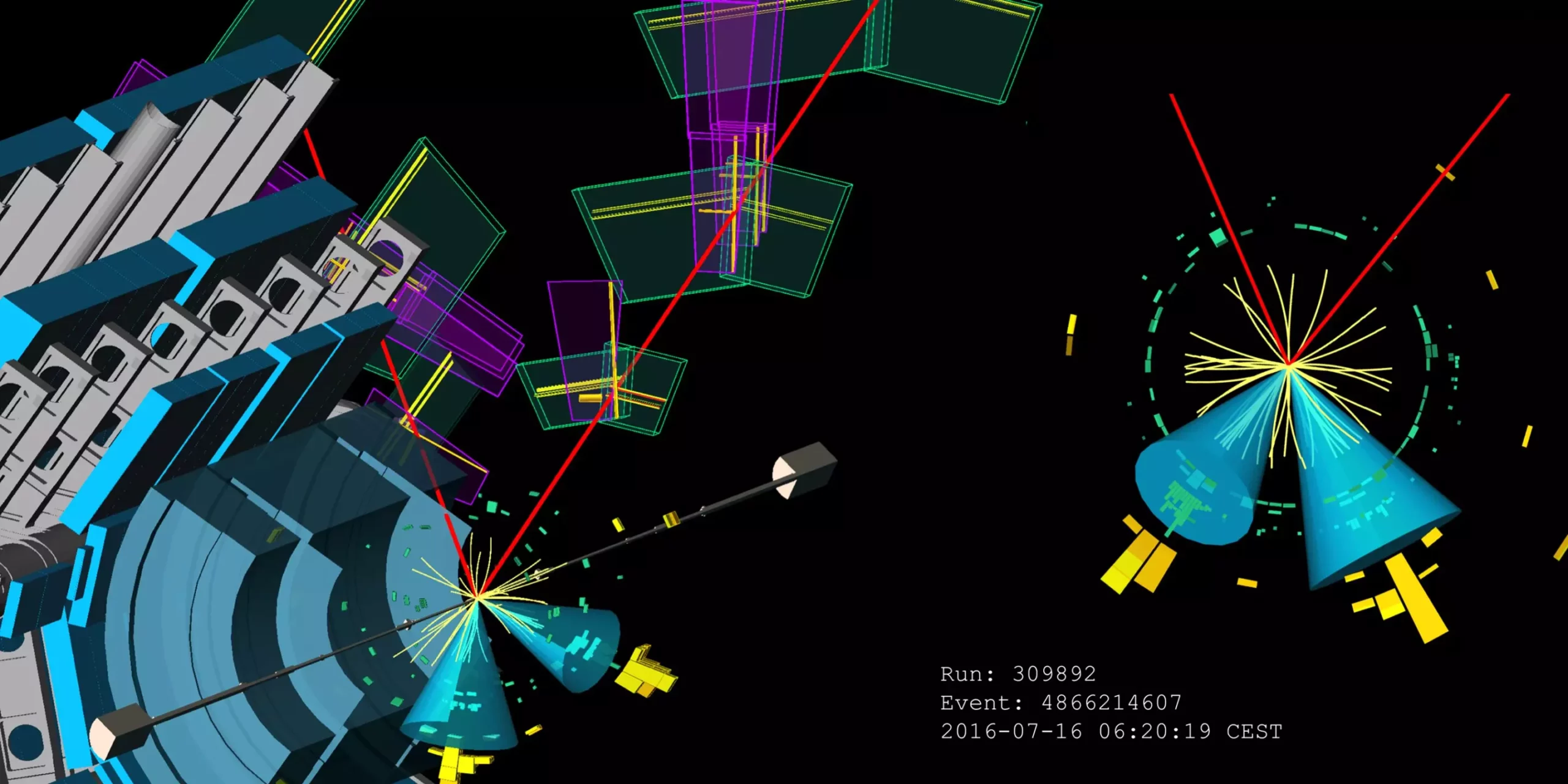The quest to understand the fundamental building blocks of our universe has taken a monumental leap forward with advances in the measurement of the Higgs boson interactions, primarily through the ATLAS collaboration at CERN. The Higgs boson stands as a cornerstone of the Standard Model of particle physics, its interactions providing critical insights into how elementary particles acquire mass through electroweak symmetry breaking. Recent developments, particularly showcased at the International Conference on High-Energy Physics (ICHEP) 2024, underscore the efforts to enhance our comprehension of these interactions, focusing specifically on Higgs’s coupling with fermions and bosons.
At the heart of particle physics lies the importance of understanding how particles interact. The Higgs boson acts as a mediator, facilitating interactions that confer mass to quarks and leptons. As the heaviest components of matter, the top, bottom, and charm quarks are particularly significant in this respect. Measurements made during the LHC’s Run 2 period (2015-2018) have opened gateways for deeper exploration of these quark interactions. Such measurements are paramount, as they not only test the predictions of the Standard Model but also probe areas that could lead to new physics beyond our current understanding.
One of the fascinating aspects of the Higgs boson’s decay process involves the creation of jets, which are sprays of particles generated when quarks fragment after the Higgs decays. Properly identifying these jets is crucial for understanding the types of quarks involved in the decay processes. The ATLAS team has enhanced their analysis techniques significantly, employing bespoke jet tagging methods tailored specifically for bottom and charm quarks. This strategic focus has proven effective, resulting in a remarkable 15% increase in sensitivity for Higgs decays into bottom quarks and an astounding threefold increase for charm quarks.
Jet tagging has emerged as a critical area of focus in high-energy physics, allowing researchers to discern the “flavor” of quarks from the characteristics of the jets they produce. The innovative methods applied by the ATLAS collaboration are not mere refinements; they represent a leap in analytical prowess that has significantly improved the scientific community’s ability to detect subtle signals amidst the overwhelming background noise of high-energy collisions.
The present analysis has led to groundbreaking observations, such as the WH, H→bb process with a notable 5.3σ significance and the ZH, H→bb observation at 4.9σ. These results provide the most precise measurements we have of these interactions, reinforcing the Higgs boson’s compatibility with the Standard Model predictions. However, it is important to note that while the decay of the Higgs into charm quarks is theoretically feasible, it remains elusive in practice due to its rarity, currently constrained by a mass factor which renders it less probable than decays into bottom quarks.
Moreover, the advent of Run 3 data promises to refine these measurements even further, with enhanced statistical precision anticipated. This momentum is significant in continuing the search for elusive processes, paving the way for more robust predictions and deeper understanding.
As researchers at the Large Hadron Collider (LHC) push the boundaries of what is possible in particle physics, the upcoming High-Luminosity LHC (HL-LHC) shines brightly on the horizon. The enhancements in luminosity will drastically increase event rates and dramatically enhance the capacity for observing the Higgs decays, specifically those to charm quarks. With a focus on refining measurement techniques and expanding data analysis capabilities, the scientific community stands on the brink of potentially revolutionary discoveries.
The progress made in measuring the interactions of the Higgs boson with the top, bottom, and charm quarks represents a monumental stride in particle physics. As methodologies continue to evolve and with new data on the horizon, the anticipation surrounding the Higgs boson’s implications for our understanding of the universe intensifies, opening new channels of inquiry into the fundamental nature of matter and the forces governing it. The ongoing journey of exploration into the subatomic realm promises to bridge gaps in our knowledge and challenge existing paradigms, igniting the flames of discovery for future generations of physicists.


Leave a Reply
You must be logged in to post a comment.